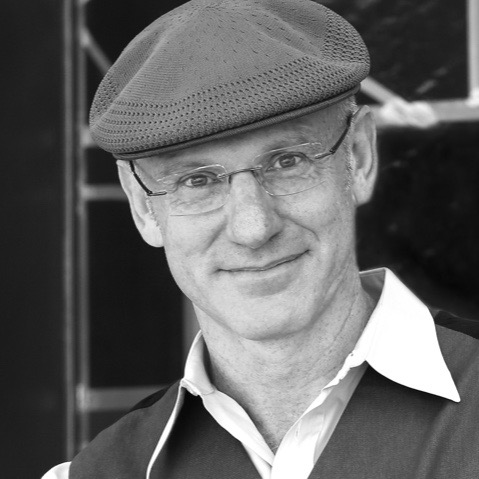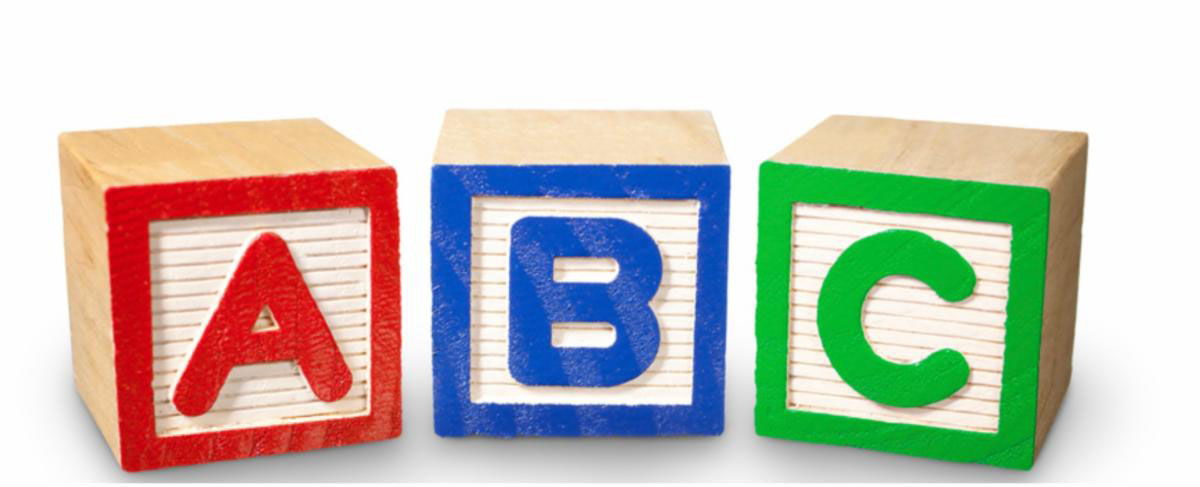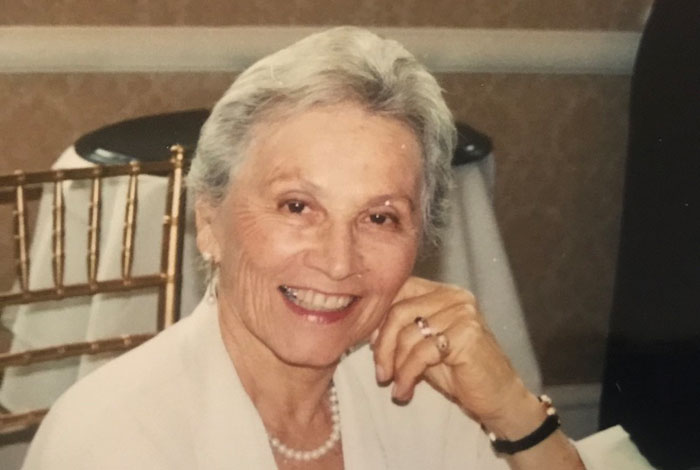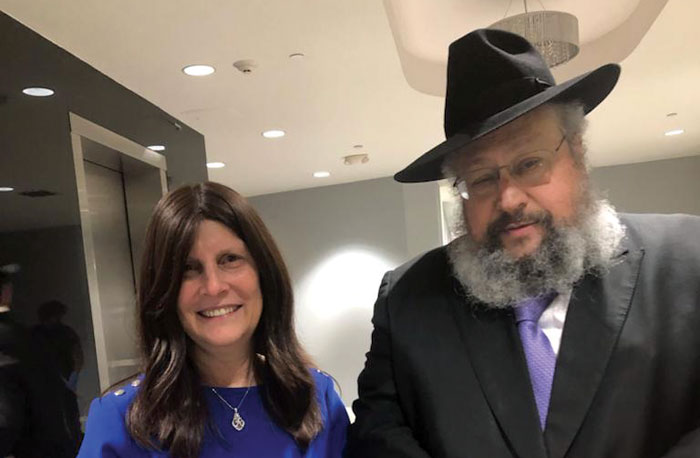
One verse, five voices. Edited by Salvador Litvak, the Accidental Talmudist
One law shall be exacted for you, convert and resident alike, for I am the Lord, your God. – Lev 24:22
Rabbi Lori Shapiro
Open Temple
Stating “one law or judgement,” this utterance from God is an unequivocal statement of democracy and, in the ancient world, a revolutionary innovation of governance; a seedling sprouting forth what would later become known as Liberalism.
As secular as the protestors rising up in response to Netanyahu’s judicial overhaul may be, the greatest arsenal in their decry for a pluralistic Israel stems from such Biblical utterances and imagery. From disruptive, poetic protestors dressed in red cloaks akin to “The Handmaid’s Tale” (Margaret Atwood’s dystopian world view with modern day Bilhah and Zilpah), to pithy statements from secular Israelis declaring at one protest: “The messiah’s donkey has had it,” Biblical utterances reign supreme in all matters of judicial reform.
Dissent through Biblical poetics has its antecedents to today’s protestors: Early Oleh, Tuvia Ruebner, and later Israeli poets Yehuda Amichai and Dahlia Ravikovitch. All borrow from a tradition born in the soils of ancient Israel where Jeremiah roamed the streets of Jerusalem with his laments. As the Biblical prophets modeled, the role of protest poetry is to declare emphatically that something is amiss. From posters to graffiti to chants, the images and sound bites from Israel these past weeks provide a reminder that even for secular Israelis, it is a Living Torah.
Rabbi Abraham Lieberman
Judaic Studies, Shalhevet HS
Long before the Universal Declaration of Human Rights, the Torah a number of times (Exodus 12:49, Numbers 15:16 etc.) emphasizes the importance of equality before the Law.
Ancient codes of law like Hammurabi’s Code concentrated more on creating a peaceful environment and a social order and a hierarchy than focusing on individual human rights. Joshua A. Berman in his very informative book, “Created Equal, How the Bible Broke with Ancient Political Thought,” conclusively shows that the Torah brought about a significant change in the understanding of equality on many levels of human rights not practiced in the ancient world. Rabbi Samson R. Hirsch (1908-1988) in his commentary to this section, points out the fact, that the Torah in its first law-giving opportunity (Genesis 9:5-6), where it speaks of the higher dignity of human life as opposed to animal life, based itself on the premise that we are endowed with (Tzelem Elokim) the Image of Hashem. He writes: ”The fundamental concept for all law, that prerequisite for all human rights, is none other than Hashem.” He concludes his comments with the statement: “Moreover, there are to be equal rights for all, for the native-born and for the stranger; for (Ani Hashem) I am Hashem of them all.” The Talmud speaks much of the primacy of Kavod Ha-Briyot, the concept of respecting and honoring human dignity in every way possible. This verse charges us and refocuses us to remind ourselves that we are all part of the Human Family.
Rabbi Chaim Miller
Author, Gutnick Edition Chumash and “Practical Tanya”
Most converts I know go through a period of disillusionment at a certain point in their journey. Converts often share how they are treated with suspicion and how they lack a sense of belonging. (Let’s not even start with the topic of dating.)
At first glance, this is absurd. Converts are the only Jews who actually chose to be Jewish. Shouldn’t they be celebrated as our heroes and heroines? Every convert is a living example that Judaism is compelling in the modern day; their great personal sacrifices to join our faith are both humbling and inspiring.
What goes wrong? Why do so many converts feel estranged?
Some Jews are primarily engaged with the ideology of Judaism, its lessons, values and sacred texts. Others are more culturally Jewish.
As someone who became interested in Jewish practice only in adulthood, I made the mistake of thinking that ideology was everything. It was only after years that it dawned on me: Israel stood at Sinai to receive the Torah as a community, which means that Judaism must never be practiced in isolation. Ideology and culture should always be wedded together.
Inevitably, converts tend to be inspired more by ideology and lack cultural Jewishness. On the other hand, those of us born Jewish can more easily “make do” with Jewish culture alone and not take the time to engage personally with Torah ideas and practice. Ideally, the two paths should be integrated, “One law shall be exacted for you, convert and resident alike.”
Miriam Yerushalmi
CEO SANE; Author, “Reaching New Heights” series
The mountain peak is so close to the sun, but holds little of its warmth. Yet the valley, which is at the foot of the mountain far below, is full of the sun’s heat. The scientific explanation for this phenomenon is that the atmosphere of the mountain heights is too thin to contain the solar energy, but the valley has an abundance of the mechanism necessary to capture it. The Alter Rebbe actually provided this explanation over 200 years ago, in relation to helping us understand our needs and our abilities to contain the holiness of Hashem and His Torah in this world.
The law that Hashem gives us is the mechanism by which we can contain the warming energy of the holiness that He wants to bestow upon us. Up in heaven, where the angels function, while they are so much closer to Hashem than we are, they lack the atmosphere of Torah and mitzvot; they do not have the ability that a human being has to absorb such powerful kedushah and would be overwhelmed by its energy. Hashem’s law is meant to help us develop ourselves into vessels appropriate to contain Hashem’s kedushah. Those who have accepted G-dliness and reside in the proper atmosphere can absorb and utilize that inherent holiness. We are advised to be exact in our observance of the law, because that will enable us to absorb and retain a maximum of G-dly energy.
Rabbi Chaim Tureff
Rav Beit Sefer Pressman and author, “Recovery in the Torah”
Was the Torah the originator of wokeism 3,500 years ago? The commentators note that this verse implies that a convert and a Jew by birth are equal. The laws are the same and God sees you the same. As the Chizkuni noted, the Torah is equally concerned for the well-being of a convert and one who was born Jewish. This reminds me of when I was a child growing up in the South. Whenever there was someone who converted to Judaism, they were introduced, “This is Charlie, he converted.” Even in Adam Sandler’s popular Hanukkah song there is a reference to Rod Carew converting (which he actually never did, but that is for another article).
One law for everyone implies how we treat another. Showing sensitivity with our speech. By introducing someone as a convert, we are making a public distinction about them. The Torah frowns upon this and in Baba Metzia it reminds us not to treat a convert any differently. It is one thing for someone to share their story and another for someone to do it for you without your consent. Even if one has good intentions, it can come across as a source of embarrassment or lashon hara. Ultimately, we all have things that we prefer to share on our own or don’t want to share publicly. It is incumbent to demonstrate sensitivity and understanding for each person as an individual. This leads us to honor each precious neshama.






















 More news and opinions than at a Shabbat dinner, right in your inbox.
More news and opinions than at a Shabbat dinner, right in your inbox.